This is the first article in a “Towns of Berks” series which I will be tackling this summer to look more in-depth into Berks County’s communities. This is an overview of Sinking Spring History.
Sinking Spring is a borough located in south-western Berks County. It sits along major roadway route 422, also called Penn Avenue, which is the main east-west thoroughfare through Berks. This area was initially inhabited by the Lenni Lenapi Native American tribe.
Settlement of Sinking Spring
The very first European settlers in the area were of Welsh descent who came to the southern portion of Berks by the early 1700s. In 1740 Sinking Spring’s very first building, a log cabin meeting-house, was constructed on the western side of Mull Avenue just up from Penn Avenue. Shortly after came the German settlers – the first family in the area notably being the Krick family – who owned swathes of land that eventually made up the town and what became incorporated in 1850 as Spring Township.
The main water source for the earliest of settlers was a sunken spring in the center of town, which is quite obviously how the name came to be. At some point locals affectionately shortened it to just “Sinky”.

Religion
Of course as soon as settler’s came they quickly established their religions. Beyond the early meeting-houses, Sinking Spring’s first and only churches were of the same name but two denominations; St. John’s Evangelical Presbyterian Reformed Church and St. John’s Lutheran Church. The Reformed church dates to the 1790s, and the Lutheran congregation began meeting in the 1810s. The Reformed congregation allowed the newer Lutheran congregation to use their building, which sits perpendicular to Penn Avenue. The oldest section of which was constructed in 1794. This arrangement lasted until 1854, when the both congregations decided to split expenses equally making them partners in the property. A disagreement in 1896 over interior renovations led to a formal separation, in which the Reformed church kept the original building and the Lutheran church to constructed new just west on the same property in 1897. Notably, the two still share the cemetery which sits behind them.

Railroad and Industrialization
The borough of Sinking Spring was incorporated officially on March 13th, 1913. Due to its prime location along the P&R and later Reading Railroad line, this small town became somewhat of an industrial hub. Berks County in general was a textile industry powerhouse and Sinking Spring was no exception. By the turn of the 20th century it was home to Cacoosing Knitting Mills, Sinking Spring Underwear Co., a Planing Mill, a Foundry Company and Milling company, amongst others. The main train station sat at the railroad’s intersection with Woodrow Avenue, next to what is now called the Railroad House, which has operated as a tavern and previously an Inn since the inception of the Lebanon Valley line in the 1850s.
Currently, some of the largest companies in the area are: Alcon, a pharmaceutical and medical device company that specializes in eye care products. Brown’s Feed Mill, an Animal feed store supplying food for farm animals. Also Sunoco Logistics, which is a major headquarters and terminal for refined fuels and oils moving west from Philly to Pittsburgh and north to Rochester and Buffalo New York.
Public Education
Public education in Sinking Spring began in 1894 with the construction of a school building on Vester Place between Columbia Avenue and Woodrow Avenue. Tragically, this building was completely destroyed by an overnight fire in 1921. The borough constructed a new building in its place, using partially the same foundation, which was completed in 1924. This served as the town’s school for three more decades until their merger with Spring Township’s Wilson School District in 1954. The Sinky School building briefly became the consolidated district’s Junior High, and then an Elementary school until it closed permanently in 2000, when it was sold and redeveloped into apartments.
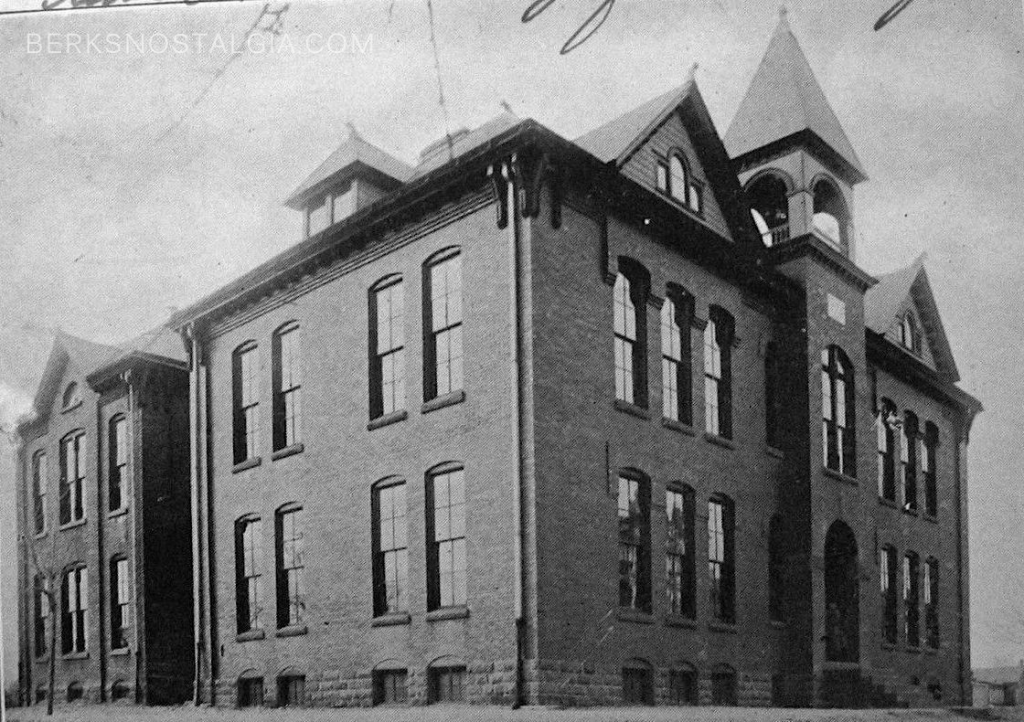
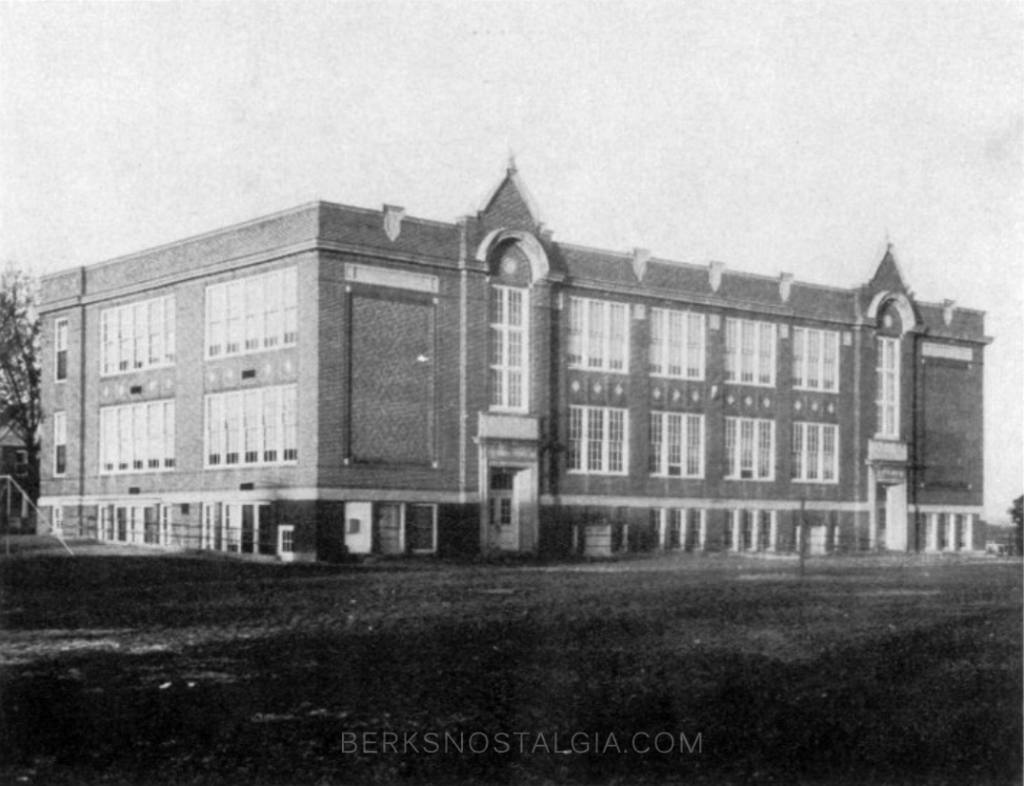
Residential Development
The vast majority of residential development in Sinking Spring occurred in the 20th century. However, we can split sections of the borough fairly easily into various eras. Original settlement as explained above was centered around the “Sunken Spring” along Penn Avenue at its establishment. With the railroad brought more people and prosperity, and the beautiful Victorian homes along Penn Avenue just west of the spring are a testament to that era. After the turn of the 20th century, even more prosperity and educational opportunities brought another wave of development to what was then the considered the outskirts of town. Finally, in the post-war era of booming suburban development, more areas both west and northeast were developed.
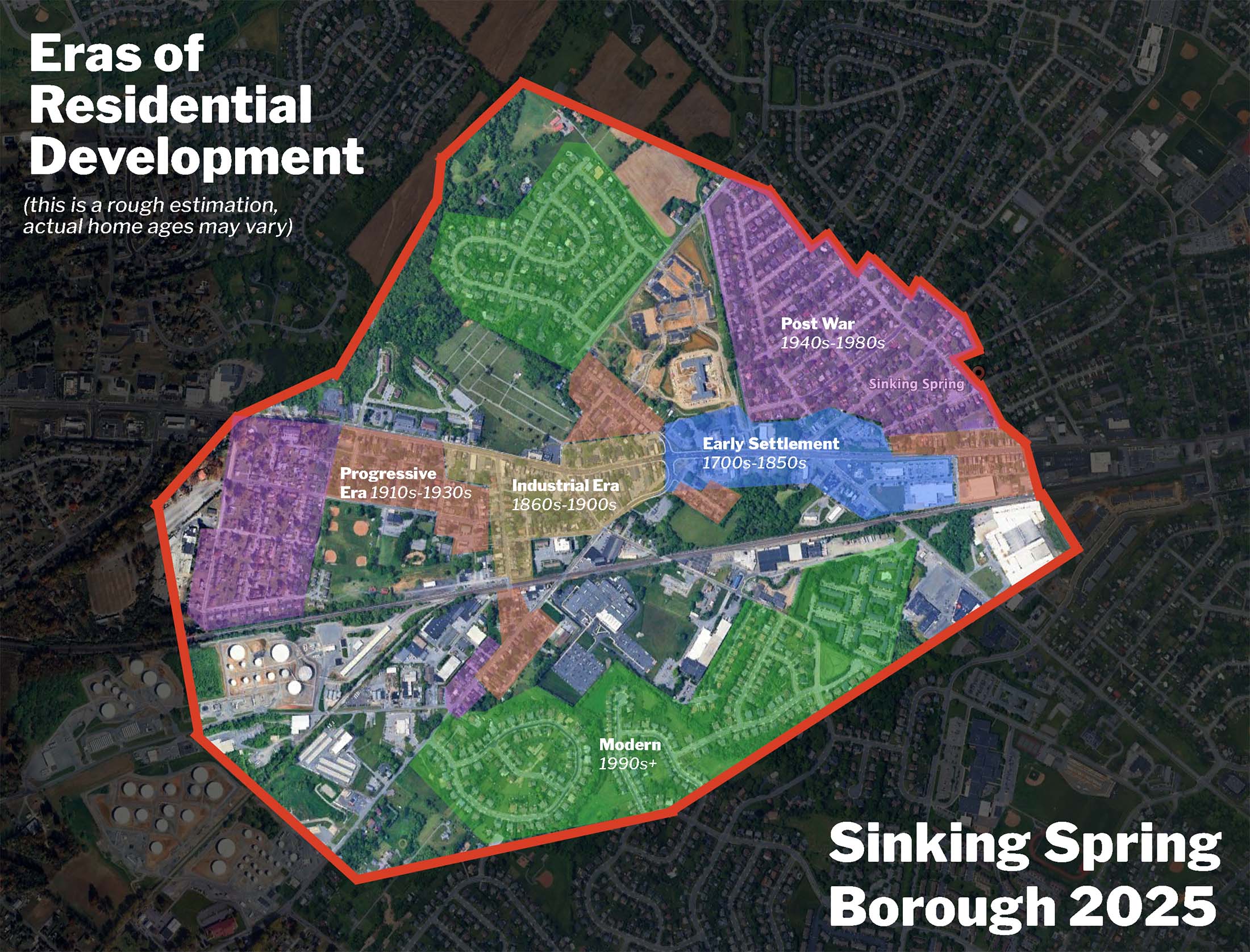
Commercial Development
Included in the post-war development was the old Boscov’s West Department store and Acme Market, which were constructed in 1962 on land that was once the estate of Elijah Ruth, prominent property owner in the area, which dated to the 1850s. The Acme eventually became an IGA grocery store until 1992 when it turned into Kidsports. Boscov’s West moved from this location to the Berkshire Mall in 2002 and Kidsports merged with Leesport’s Family Grand Prix around the same time, after which the entire strip was vacant until it was demolished and redeveloped in 2008.
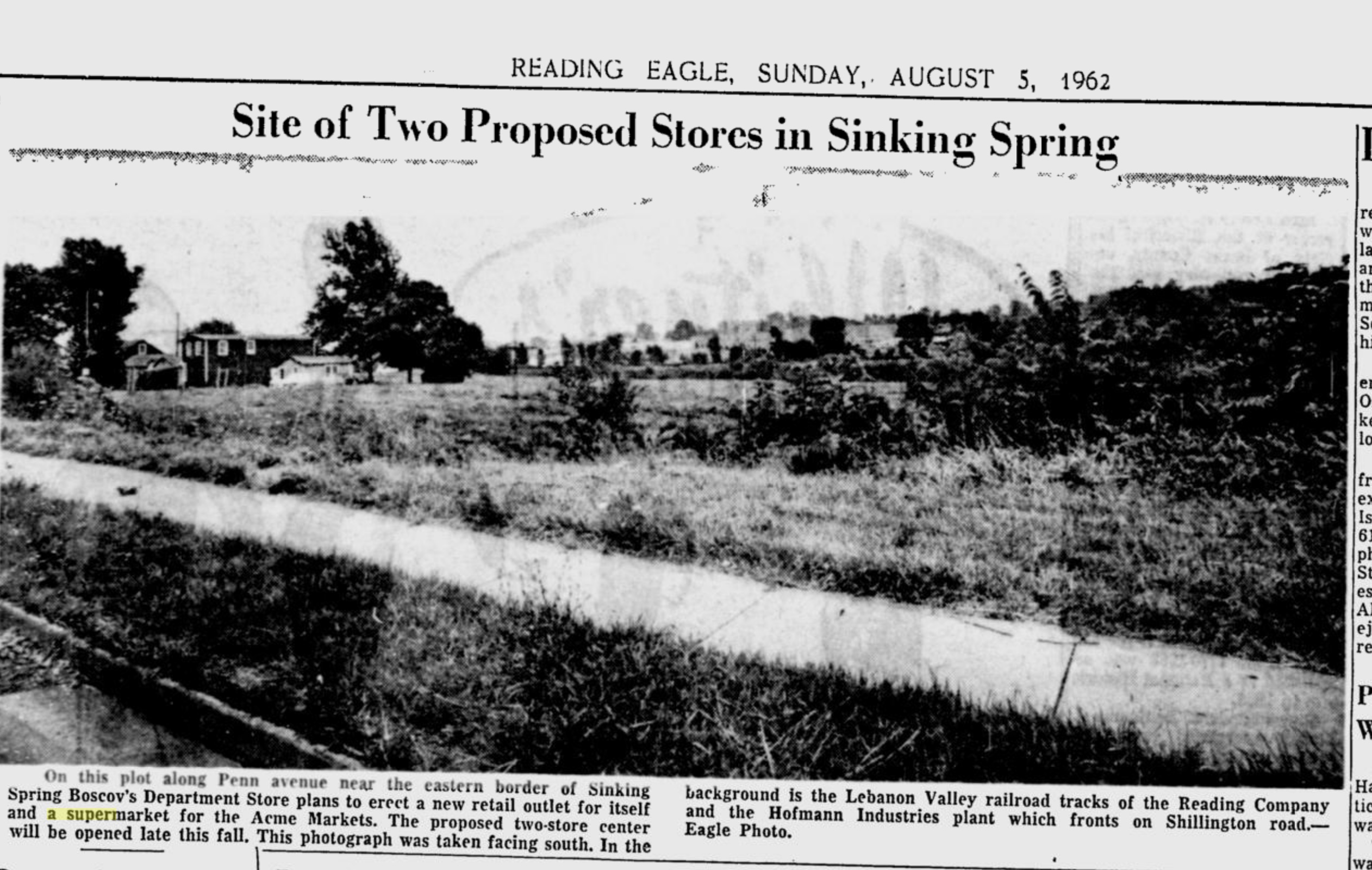
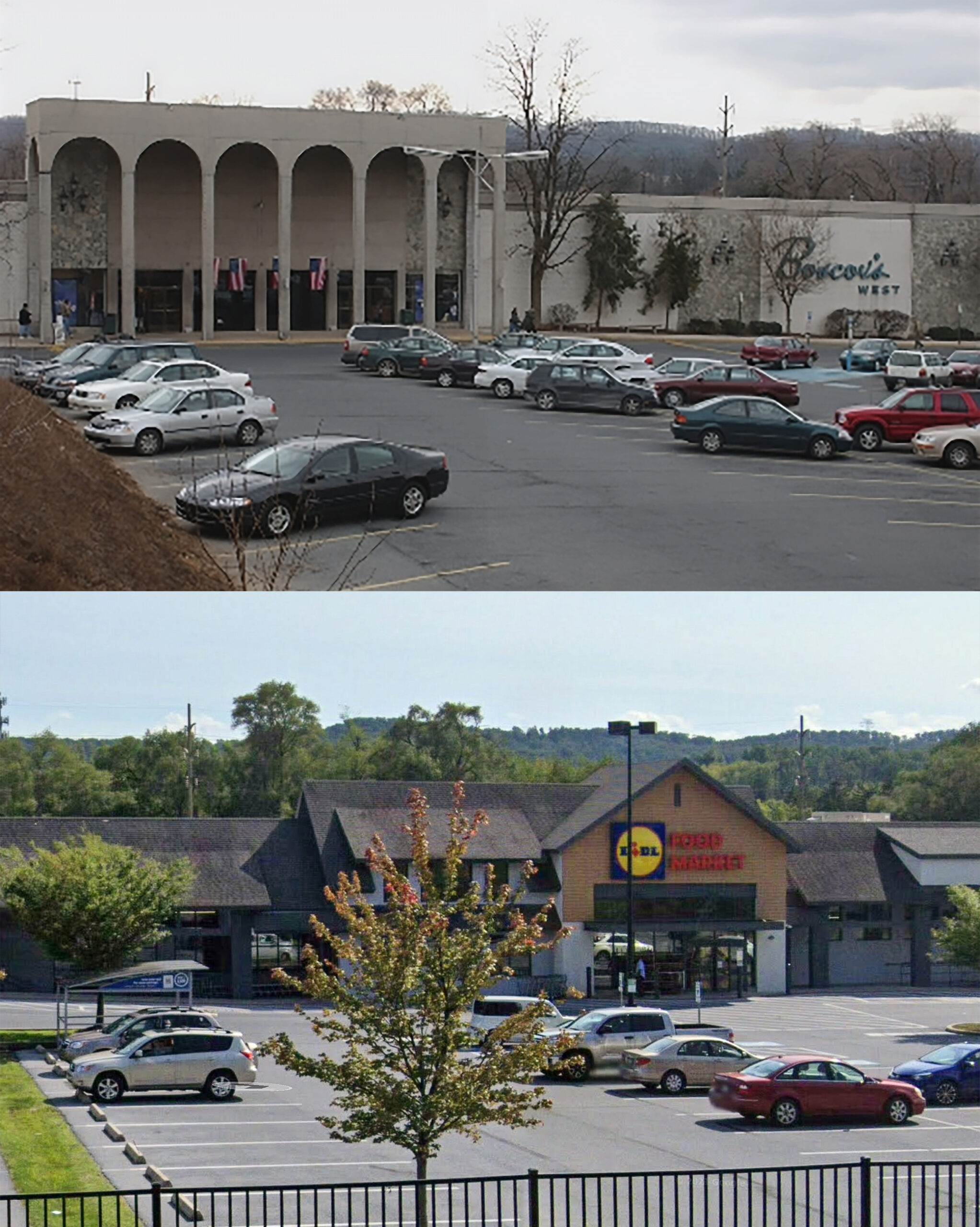
Unfortunately, Sinking Spring has razed much of its history in the name of commercial development. The old Octagonal Schoolhouse, a pay-school which dated to 1810, once sat on the corner of Penn Avenue and Mull Avenue. It was razed in 1959 to make way for a gas station. Directly across the street, the Sinking Spring Hotel was razed in 1961 to make way for a bank that has currently been abandoned for well over a decade. Further up Penn Avenue at the split with Columbia, Sinky razed quite possibly its most well-known landmark, its own Borough Hall. The bones of this building dated to late 1700s, but it was majorly renovated in 1922 when Sinking Spring Bank took ownership. In 1963 the borough purchased the building and made it home until they razed it in 2016 for the BOSS 2020 revitalization project which included a major reconfiguring of the Columbia and Penn Avenue intersection.
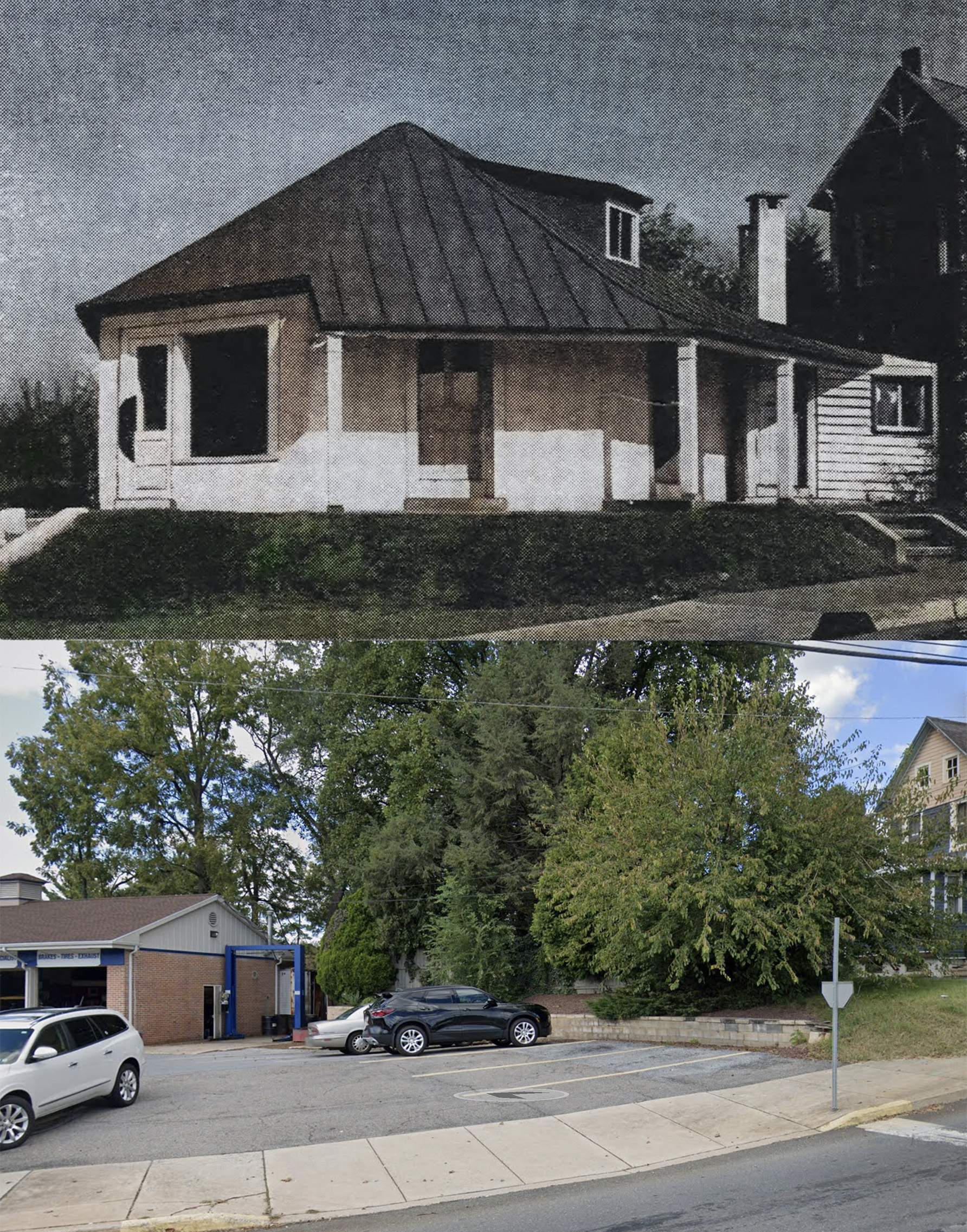
Most recently, the old Village Greens Golf course was redeveloped into an over-55 condo community in 2023. This property sits behind and was once part of one of the borough’s oldest structure’s still standing. Built in 1802 as a farmhouse, by the late-1800s the building became a private school called the Charter Oak Academy under headmaster Thomas K Oberlin. After the school shuttered he turned the property into the Oberlin Peony gardens which operated until after the second World War. Then it became a popular restaurant known as Ye Old Spring House and is currently Bean Funeral Home.
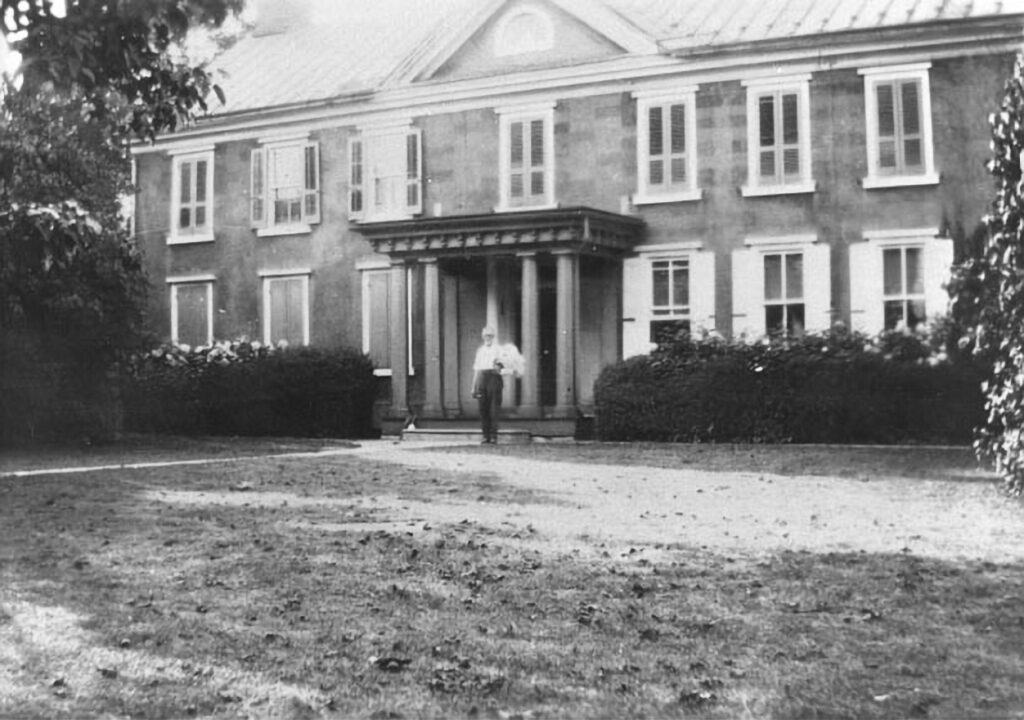
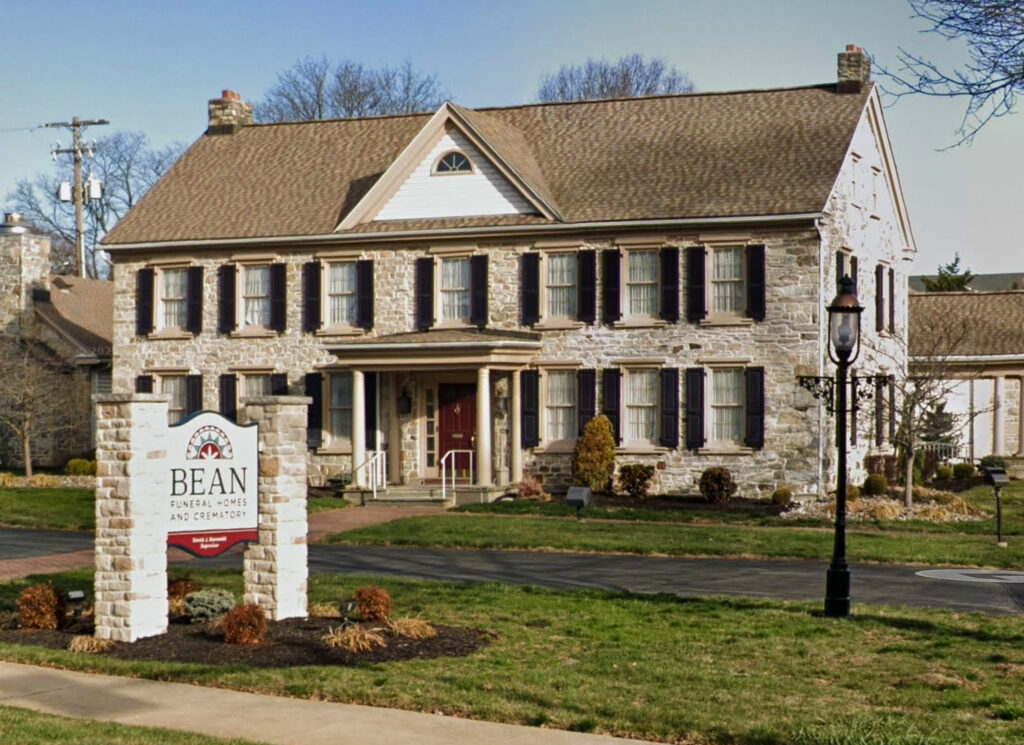
Sinking Spring has gone through many changes in the nearly 300 years since those first Welsh settlers claimed the land around the sunken spring. Yet, the spring still flows in the center, and if you look hard enough glimpses of the past and insight into its story are visible on nearly every street in the borough.
If you want to learn more about Sinking Spring history, considering joining the Sinking Spring Area Historical Society, which you can check out at SinkingSpringHistory.org, and join – it is only $10 a year for membership, which includes quarterly meetings in which a historical presentation is given, and other events throughout the year. SSAHS could use a little extra love right now as their freight house had a tragic fire last month, and some artifacts that were located inside will need to undergo restoration from smoke damage.
Notable People
Paul Levi Specht was born in Sinking Spring in 1895 and went on to become a nationally known American dance bandleader in the roaring 20s.
More Then & Now Comparisons

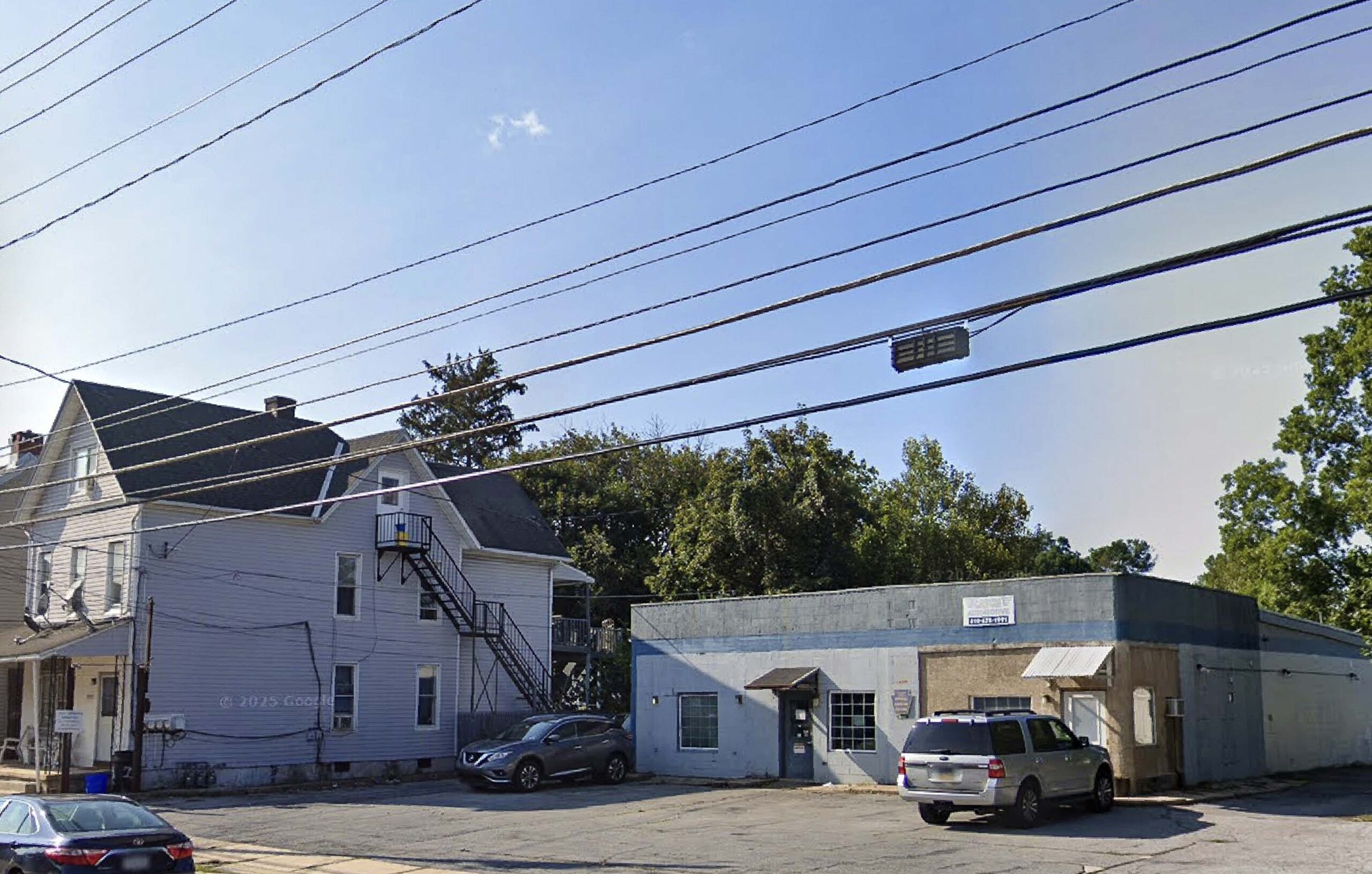
Krick’s Lodge Hall served as residences on the first two floors and meeting spaces on the third floor. The lodge was home to The Independent Order of Odd Fellows and the Patriotic Order of Sons of America. Demolished in the 1950s to build a gas station.
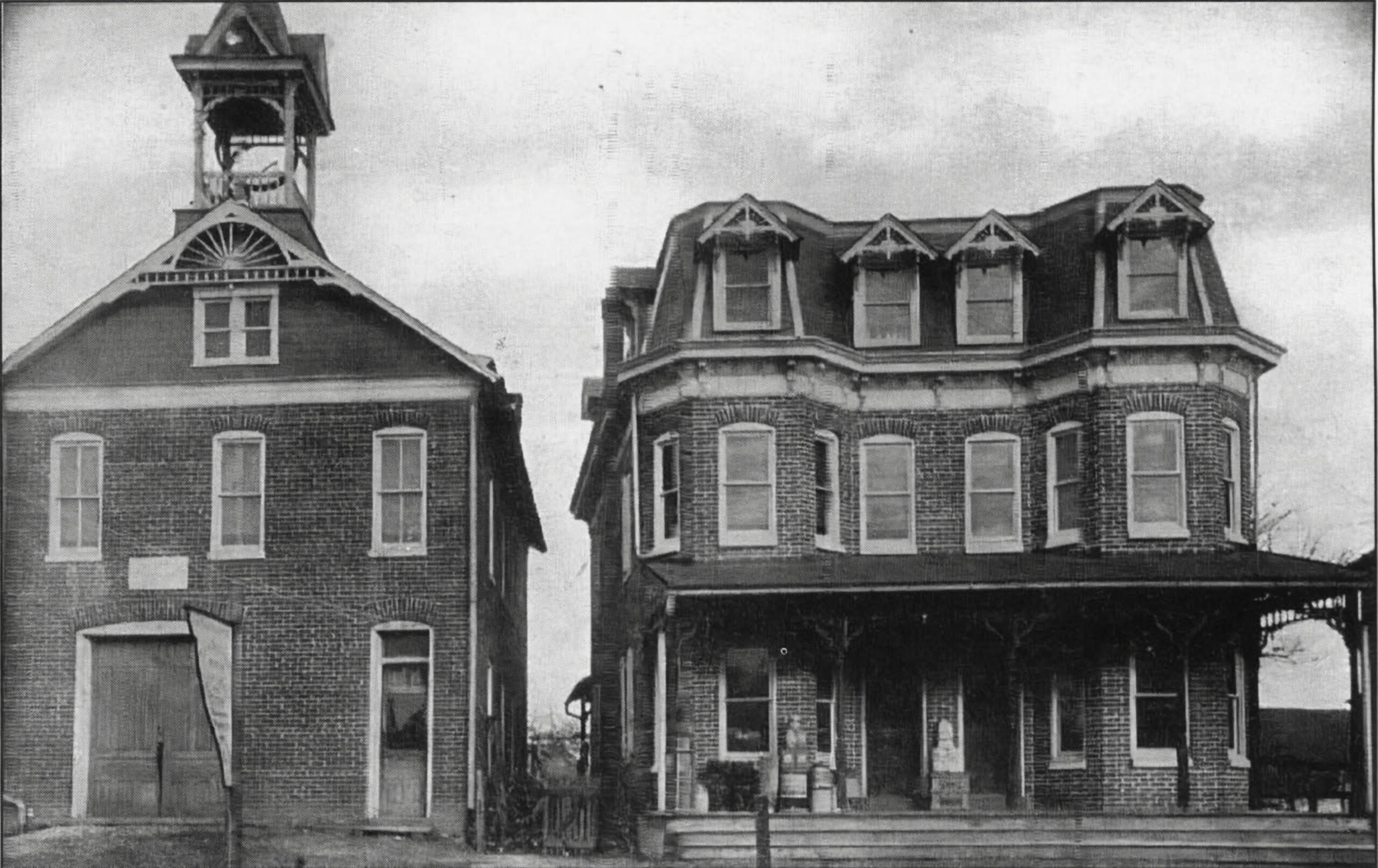
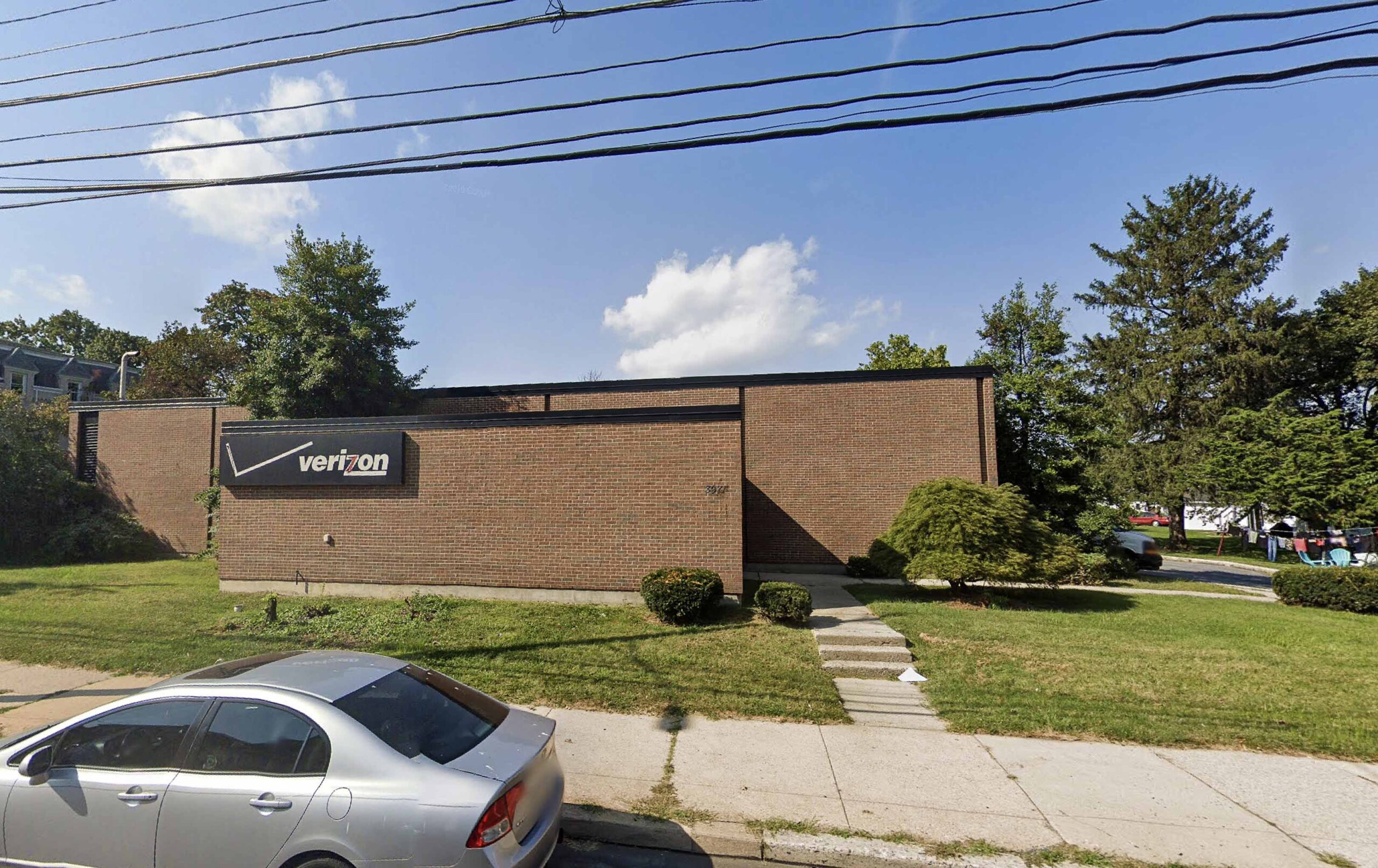
The original Liberty Fire Company engine house also served as the Town Hall. To the right was the residence and general store of Charles Freeman. Both demolished in 1965 for offices of Bell Telephone which later became a Verizon store, and has currently been abandoned for many years.


Penn Avenue Looking west near the intersection with Hull Street
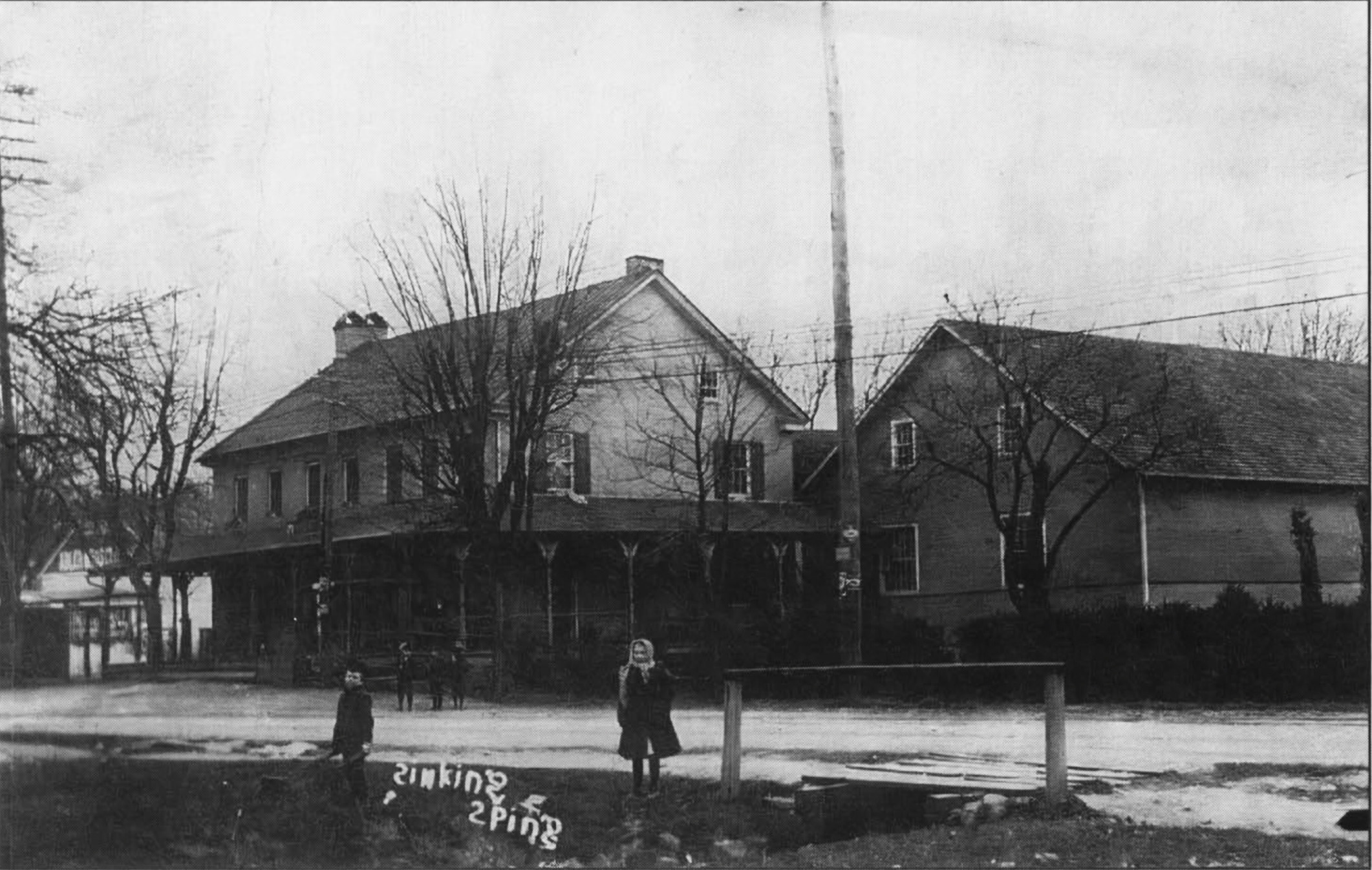
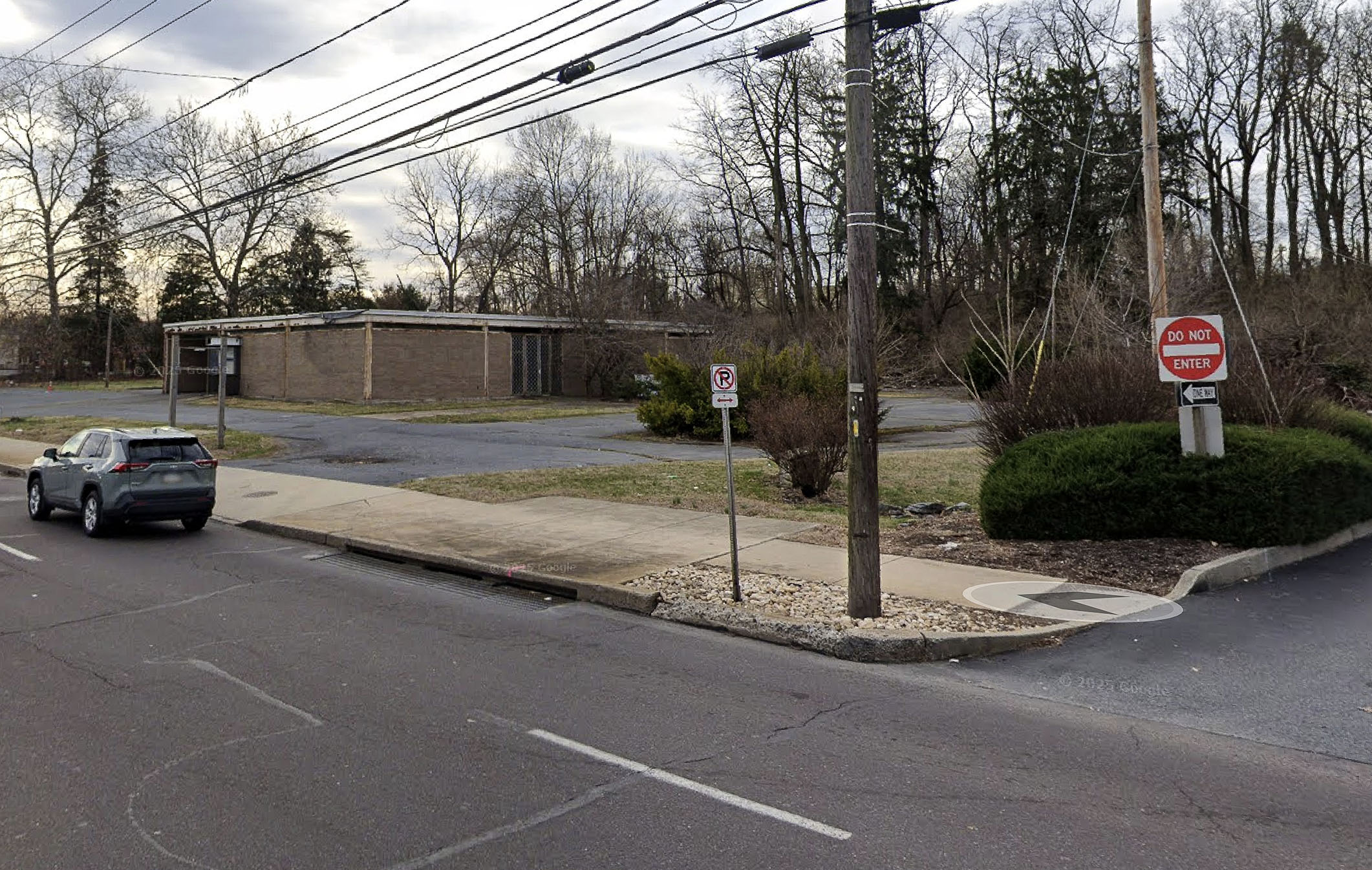
Sinking Spring Hotel, later the Blue Latern, right next to the sunken spring in the heart of the earliest section of town, demolished in 1961 to build a new Bank of Pennsylvania location which has been abandoned for over a decade.
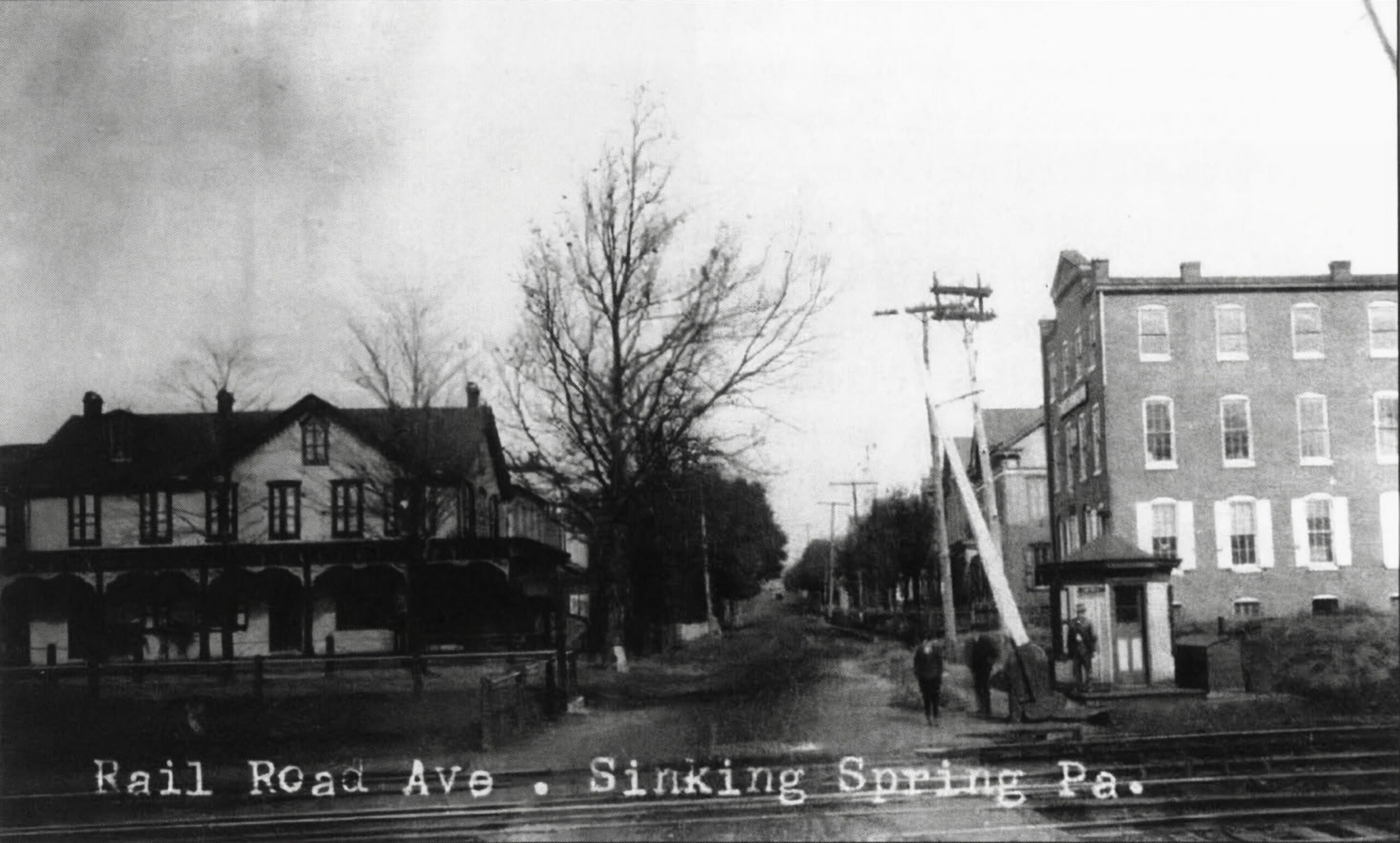
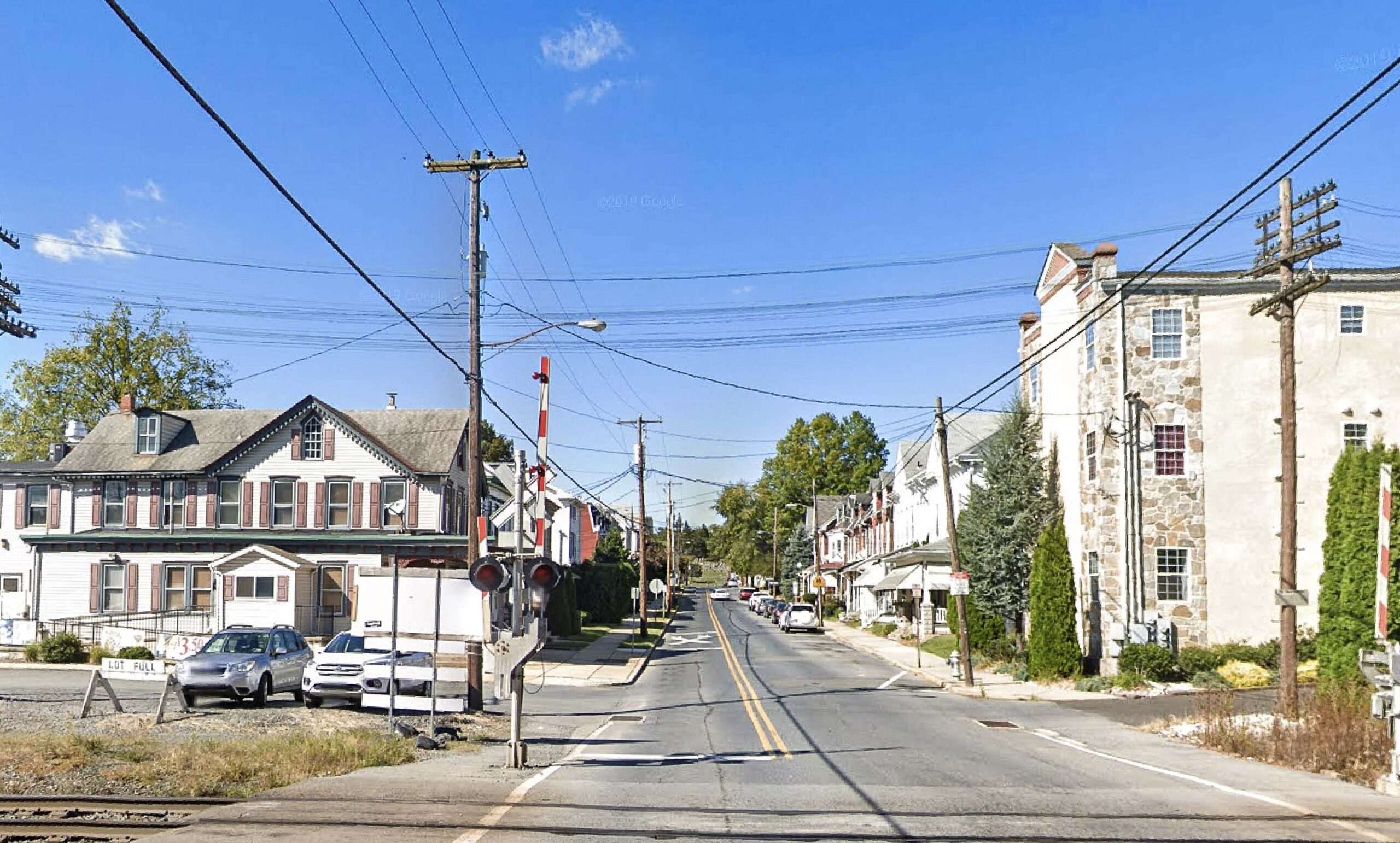
The Railroad House and the Cigar factory on the right, later home to the Orioles
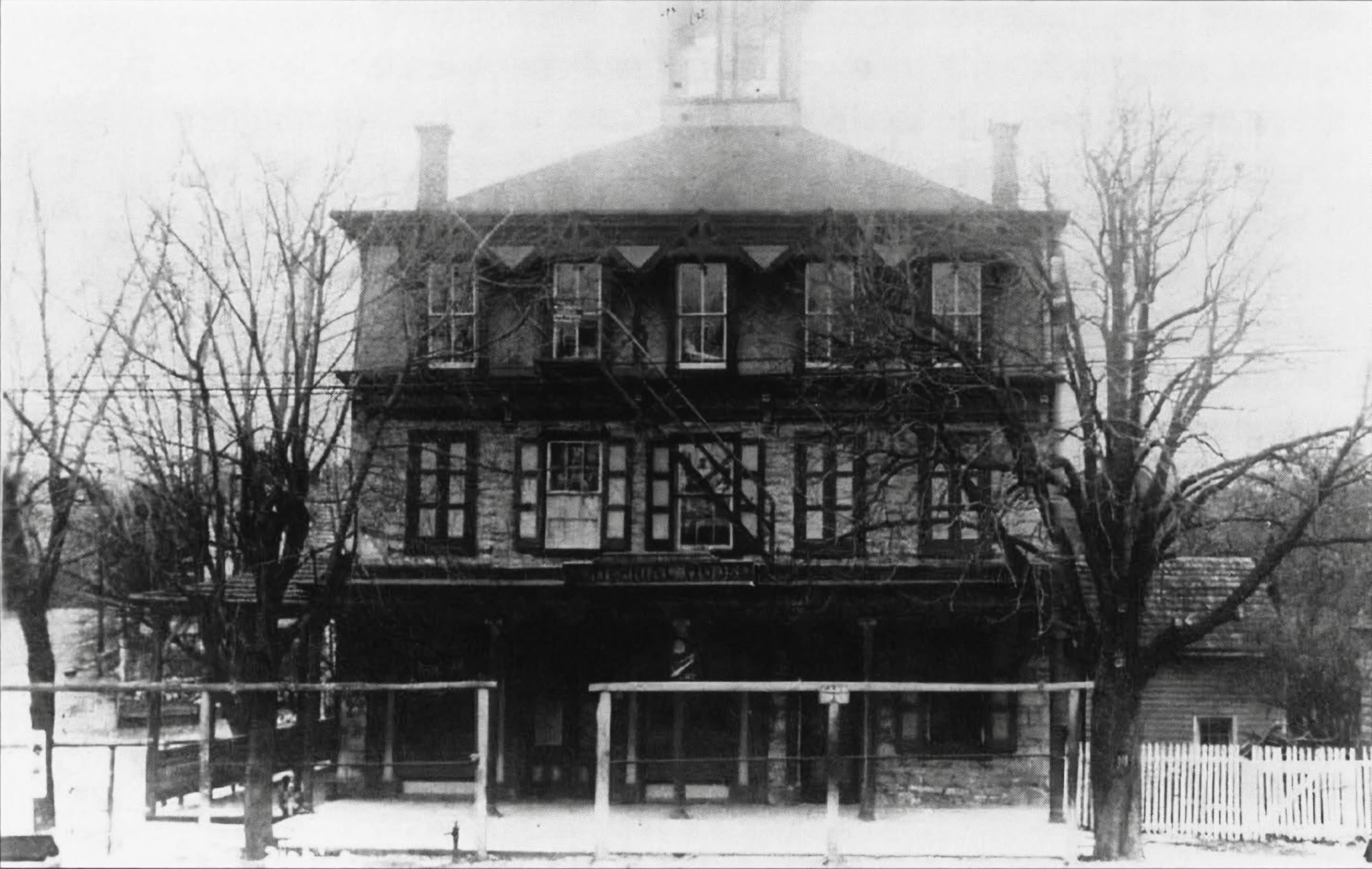
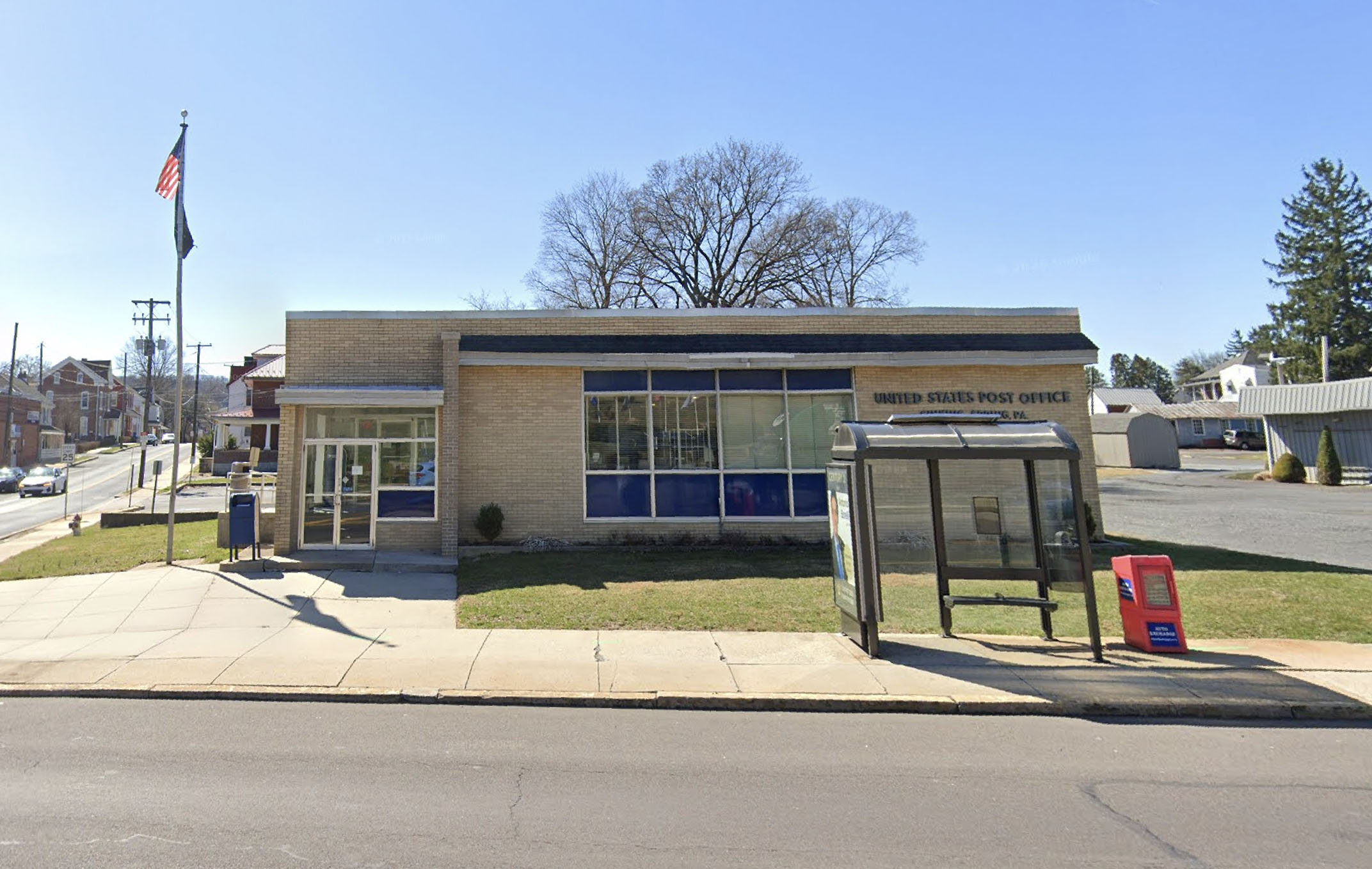
The Centennial House Hotel at its core dated to the early 1800s and was modernized in 1876. It was demolished in the 1940s to build yet another gas station, which was razed in 1962 to construct the post office.


Wonderful memories of Sinking Spring. I spent much of my childhood in the town with my Grandmother, sister of Paul Specht – Sinking Springs’ most famous celebrity. The large grey/white house with mansard roof you show in your comparative photos of “looking West at Hull”, (today) was the home of Paul Specht. It once had a full wrap-around porch with trees in front of the stone wall. In the 1920-30s, Specht was one of the most popular band leaders, playing in New York and Europe. Musicians such as Arti Shaw played in his band, which spawned many notable musicians. Paul Specht’s music and Taylor Swift’s music are the only Berks County musical artists being played on Spotify or YouTube today.
Thanks for mentioning the Society and our fire losses. We always welcome new members which helps support our preservation efforts and enjoy related museum item donations. Members receive a newsletter with local historical articles.
Paul Miller, President
The comparison sliding photos are very interesting and unique.